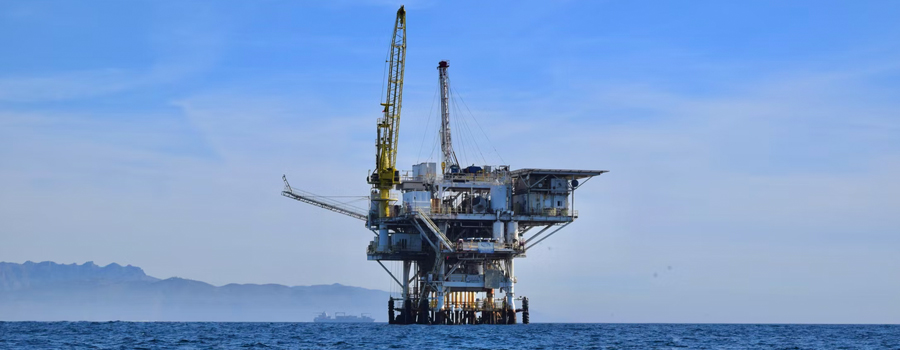
Design review is a formal, documented, comprehensive, and systematic examination of a design to determine its compliance with applicable requirements, identify issues, and propose solutions.
It's an assessment of a design's ability to meet quality requirements, identify problems, and propose solutions. Design review examines product design from a reliability perspective using predefined design and review criteria. The primary aim is to detect potential design flaws promptly, expedite design maturity, and reduce decision-making risks.
It's a formal, documented, systematic assessment of a design performed by individuals not involved in development work. Design reviews can involve providing suggestions or aid to the design team, assessing whether the design meets all customer requirements, and typically occur multiple times during product development.
The role of conducting design reviews is to evaluate whether the design meets contract requirements, conforms to design specifications, identifies vulnerable areas and areas with higher reliability risks, discuss and propose improvement suggestions, consider R&D tests, procedures, and maintenance resources in advance, ensure comprehensive implementation of reliability outlines, reduce design changes, shorten development cycles, and decrease lifecycle costs.
NOA currently provides design review services for equipment (such as boilers, pressure vessels, lifting equipment, steel structures, etc.) and processes related to electric power and public facilities, new energy, oil and gas, construction and infrastructure, rail transportation, marine engineering, etc.

NOA offers design review services, including but not limited to:
1.Design Review
Verification of conformity in drawings and calculation sheets, encompassing checks for compliance with standards, structural strength, and process layout.
2.Independent Design Calculations
Strength verification, safety factor calculations, stress analysis, stress calculations, strain analysis, ultimate load-bearing capacity analysis, and more.
 1.Customer presents specific requirements
1.Customer presents specific requirements
2.Professional personnel engage and liaise
3.Development of a specialized testing plan
4.Clarification or addressing queries regarding the technical plan
5.Quotation provided
6.Signing of the technical service contract
7.Project execution
8.Project closure and summary
Design reviews primarily address the following issues:
(1) Correcting the "perfectionist" view of design quality
(2) Breaking the monopoly of product design
(3) Preventing the one-sidedness of product design
Design review includes three stages: Conceptual Design (CD), Basic Design (BD), and Detailed Design (DD).
The basis for design review includes equipment contract technical specifications, relevant national standards, regulations, and minutes from design coordination meetings confirmed by all parties involved.
The purpose of design review is to identify potential uncertainties or known deficiencies, and then take measures to track or address these issues, enabling the reviewed subject to ultimately meet the requirements.






Tel:+86-400 821 5138
Fax:+86-21 3327 5843
Email:noa@noagroup.com